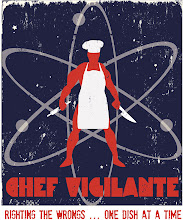Bio:
Scot Hill was born in Talladega, Alabama. His southern roots run deep. Just like the speedway where he was born Scot has been on a culinary fast track to learn all that he can about food. His career has taken him from Alabama to California, Florida to Oregon and once upon a time, to St. Croix.
Scot first visited St. Croix near the end of 2000. That’s where he met Smokey and Kelly Odom. By July 2001 he was the executive chef of Tutto Bene where Scot made his residence for 4 years. After a short culinary hiatus, working as a wine and radio salesman , Scot accepted the executive chef position at the Galleon.
During his Crucian career Scot Hill worked with such wine makers as Dennis Cakebread, Iron Chef Contender Wayne Nish and the most knowledgeable wine rep in the V.I., Byron Gregory.
Presently, Scot Hill is a chef instructor for Publix Aprons Cooking School. At Aprons he has had the opportunity of working with culinary greats like; Martin Yan, Roland Messnier, Paula Dean, and Iron Chef Michael Simon (he's cool as shit btw). Scot also is chef/partner of Spoontini Café and writes a food blog and shoots a Webisode as Chef Vigilante (a persona created on stx while working for the mongoose) yep! That’s it!... for now!

